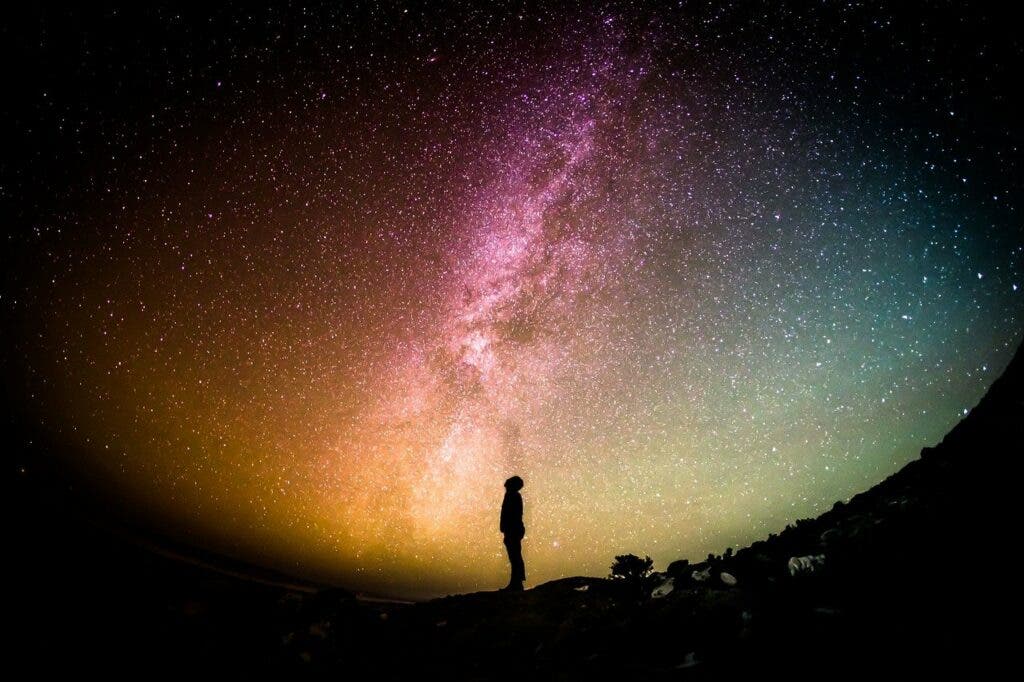Forget the James Webb Telescope, that’s so yesterday (although its’ technically a month from now). We’re moving on to bigger and better things — hopefully. If we want to have a better look at the universe, we need a new $11 billion telescope — at least that’s one of the primary recommendations of a new report from the National Academies of Sciences, Engineering and Medicine (NASEM).

Released every 10 years by the NASEM, an independent group of advisors, the report (called the Decadal Survey on Astronomy and Astrophysics) outlines recommendations for the improvement of astronomy and astrophysics. It draws from the astronomical community through hundreds of white papers, town hall meetings, and the advice of 13 sub-panels over several years to produce its recommendations. Coined Astro2020, the new report serves two purposes: to try and gain support from government policymakers and to categorize public consensus on the future of astronomy from a ranked list of research priorities.
One of the primary proposals this go-around was a new telescope capable of taking images of potentially habitable worlds circulating distant stars.
“This report sets an ambitious, inspirational, and aspirational vision for the coming decade of astronomy and astrophysics,” said Fiona Harrison, chair of the division of physics, mathematics, and astronomy at the California Institute of Technology, and steering committee co-chair. “In changing how we plan for the most ambitious strategic space projects, we can develop a broad portfolio of missions to pursue visionary goals, such as searching for life on planets orbiting stars in our galactic neighborhood — and at the same time exploit the richness of 21st-century astrophysics through a panchromatic fleet.”
The new telescope would seriously outsize the Hubble and would be capable of blocking out a star’s light in order to capture dimmer light emitting from an orbiting planet. To do this, it would gather infrared, optical, and ultraviolet wavelengths so that it could detect a planet that’s 10 billion times fainter than its star.
The price tag is a billion more than for the James Webb Space Telescope. The telescope would have a primary mirror of about 19.7 feet (six meters) across. It would search for biosignatures in the atmospheres of approximately 25 potentially habitable exoplanets.
Five years after beginning this mission, the report recommends that NASA start preliminary studies of both a far-infrared strategic mission and a high-resolution X-ray large strategic mission with target costs of $3 billion to $5 billion.
The highest priority for large National Science Foundation projects, according to the report, is to invest in the Giant Magellan Telescope and Thirty Meter Telescope to ensure significant access to these tools for the entire U.S. astronomical community. The scientific potential of these observatories “is transformative, with the ability to address all three of the scientific priority areas and complement current and future space telescopes.”
Astro2020 also recommends that the NSF and Department of Energy should jointly pursue implementation of the Cosmic Microwave Background Stage 4 Observatory, which the report says is a “compelling and timely leap forward for ground-based observations of the emergent universe, as well as an important tool for understanding its evolution.” Astro2020 recommends that the Very Large Array and the Very Long Baseline Array, the world’s leading radio observatories, should be replaced by the Next-Generation Very Large Array — an observatory with 10 times the sensitivity — beginning technical planning soon in order to be considered for construction by the end of the decade.
This was the seventh edition of the decadal survey. Prior endorsements ended up bringing to fruition with the Hubble and JWST, scheduled to launch on Dec. 18.









